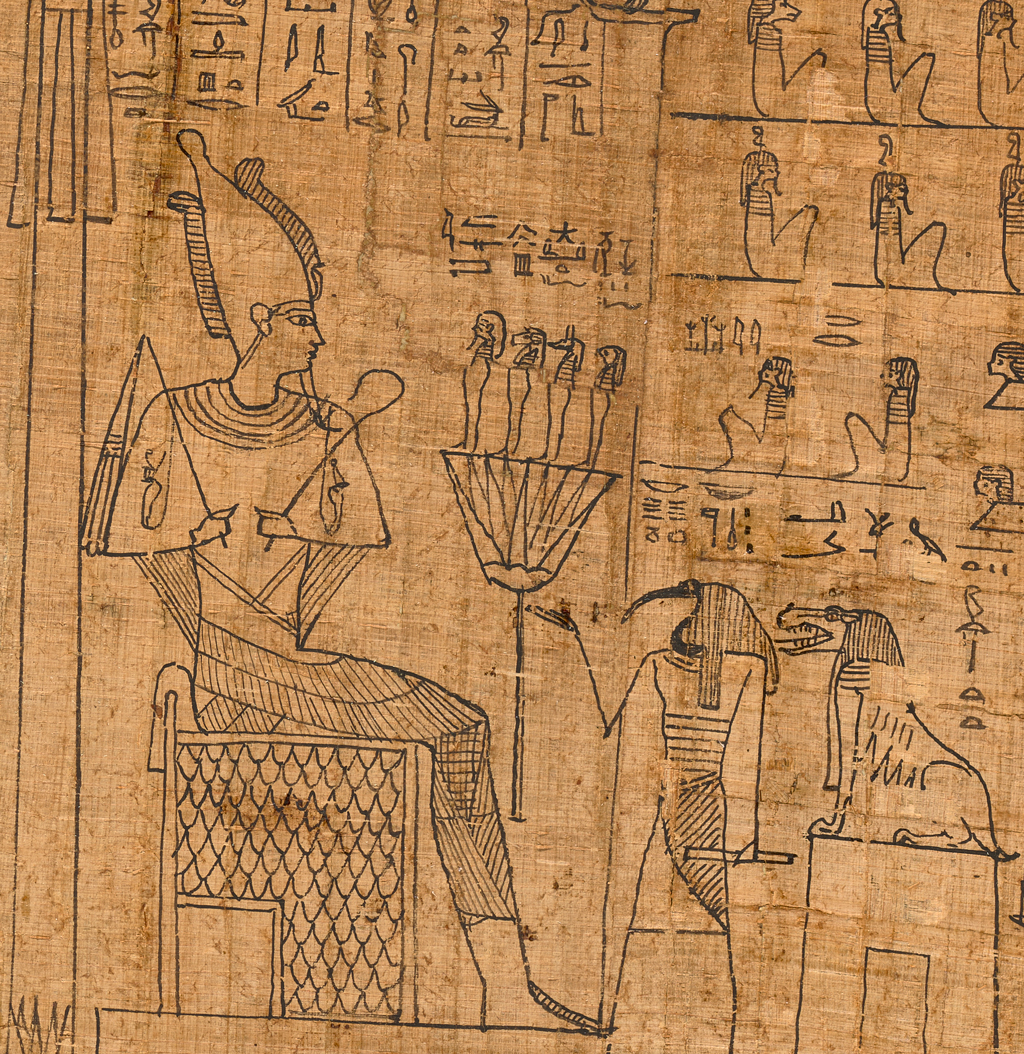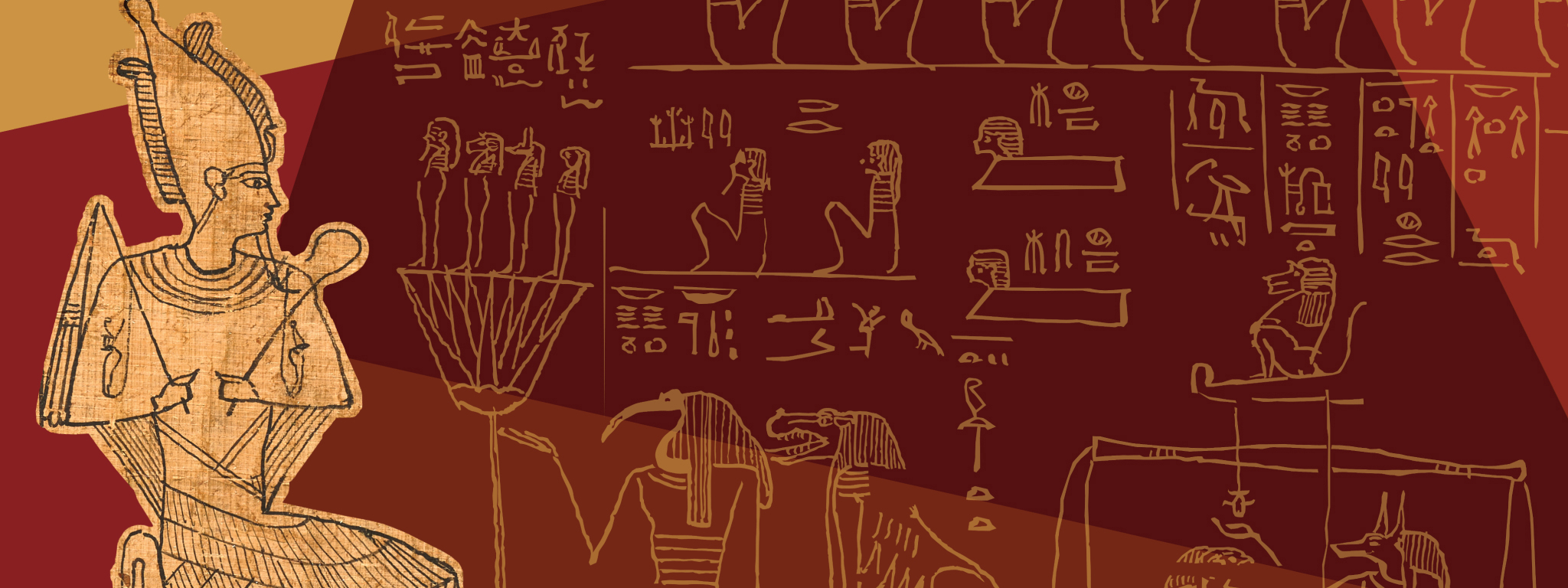

Among their rigorous preparations for eternity, ancient Egyptians developed an intricate set of religious writings to help the deceased achieve a blessed afterlife in union with the solar god Re and the netherworld god Osiris. Known collectively as the Book of the Dead, these ritual spells were inscribed on funerary objects, including papyrus scrolls and linen mummy wrappings. This exhibition features a selection of the Getty's Book of the Dead manuscripts, which have never been on public view.
This exhibition is presented in English and Spanish. Esta exhibición se presenta en inglés y en español.
Events
{{event.eventWeekdayShortString.$t}}
{{event.eventMonthDayShortString.$t}}
{{event.eventYearShortString.$t}}
{{event.calendarInfo.calendar.calendarName.$t}}
{{event.shortTitle.$t}}{{event.eventTimeString.$t}}
Related Publications
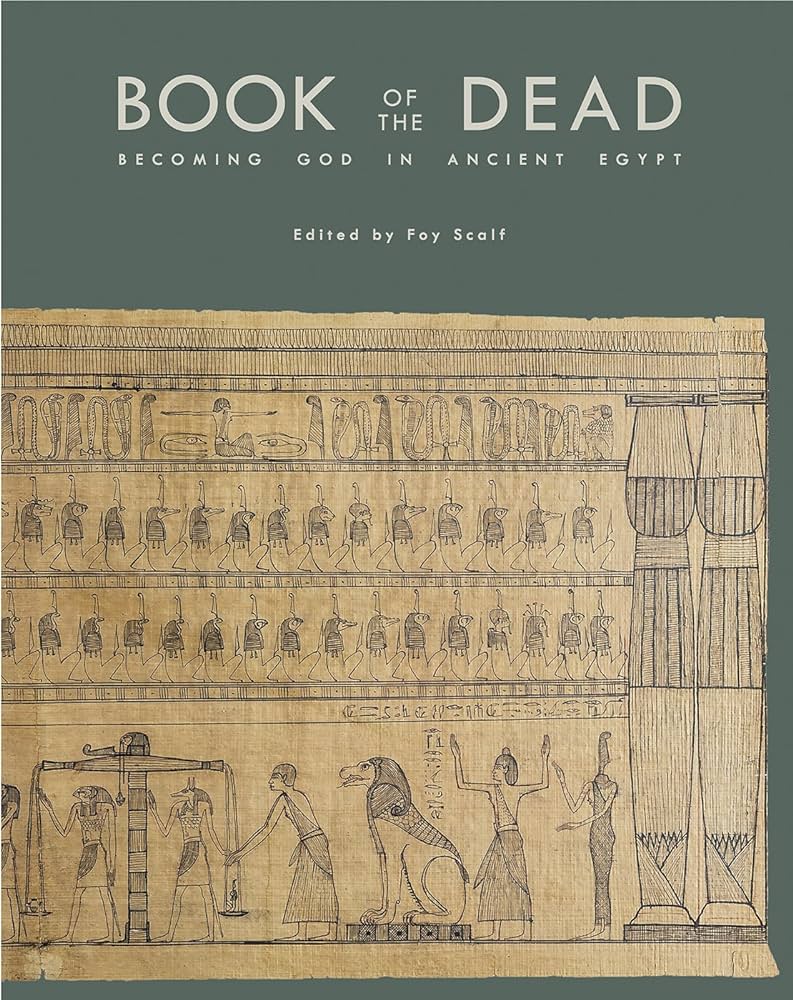
Book of the Dead: Becoming a God in Ancient Egypt
Edited by Foy Scalf
Available online as a free pdf download
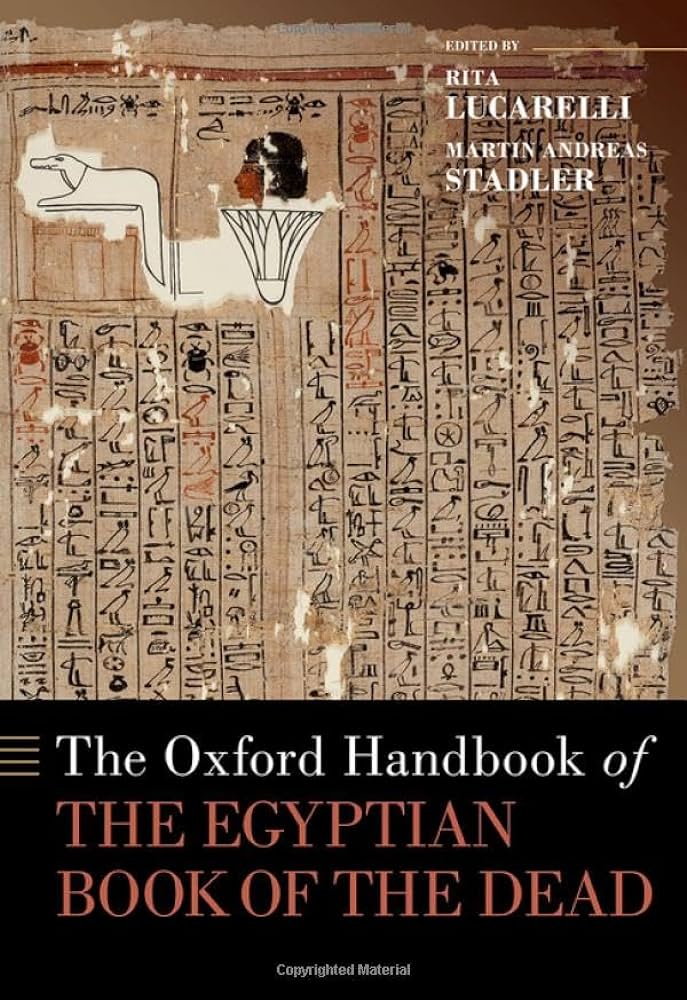
Exhibition Resources
Learn more about the exhibition.
To request a checklist of objects, please contact: antiquities@getty.edu.
All objects in this exhibition belong to the Getty Museum and can be found through a
collection search
News and Stories
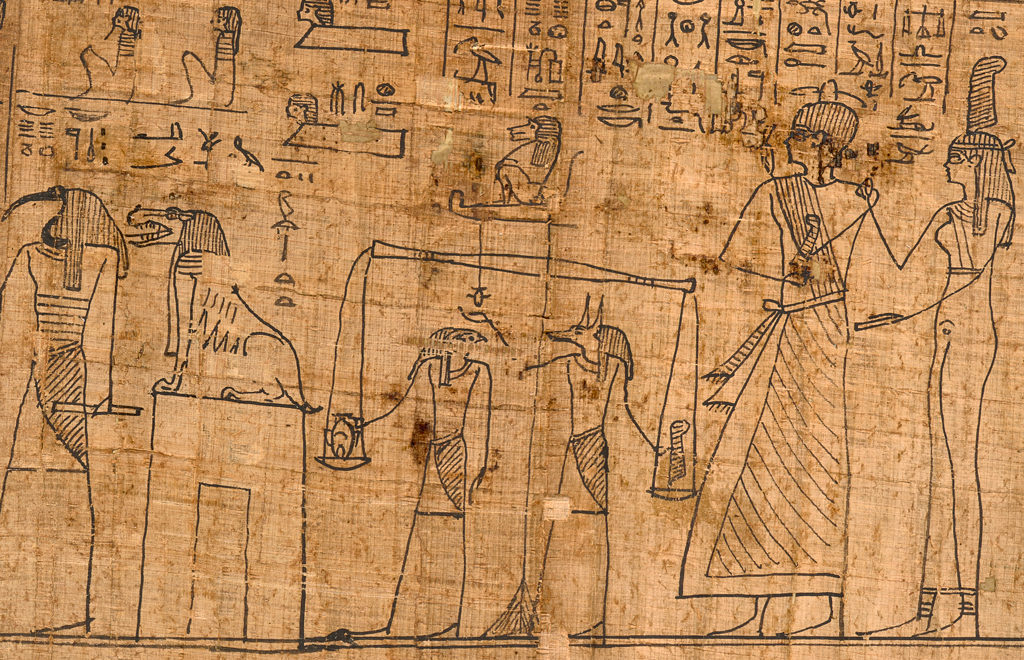
What is the Egyptian Book of the Dead?
Taking a deeper look at a little-known part of Getty’s collections
